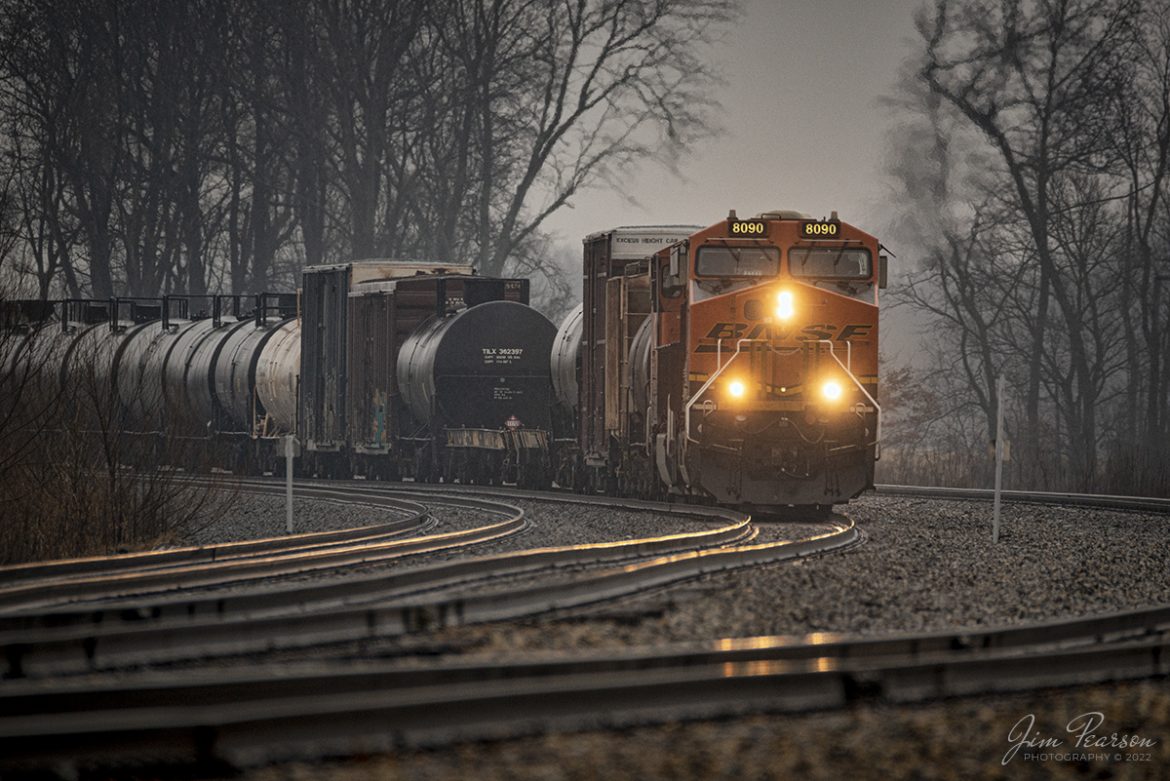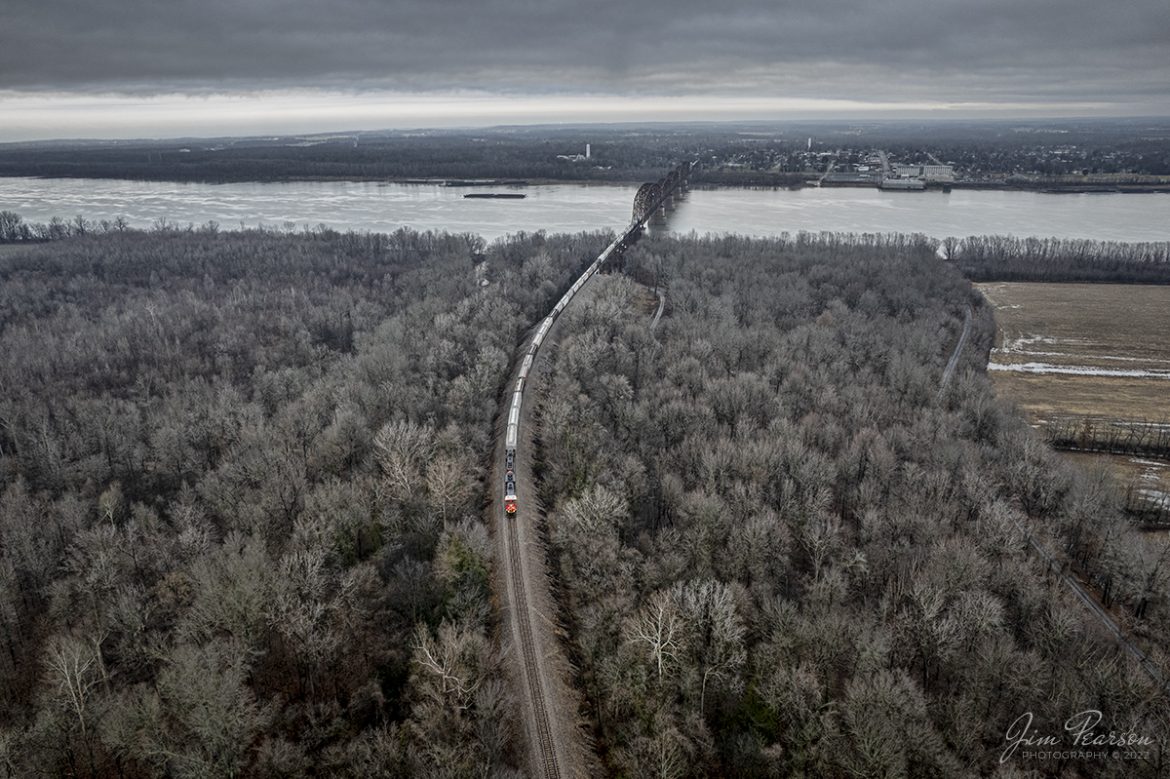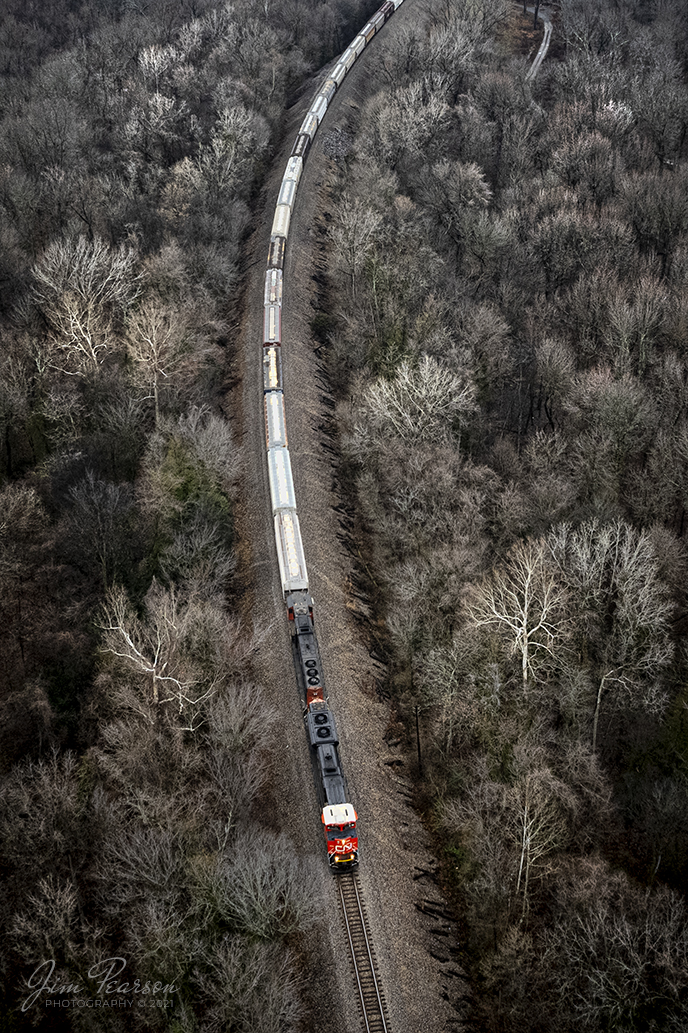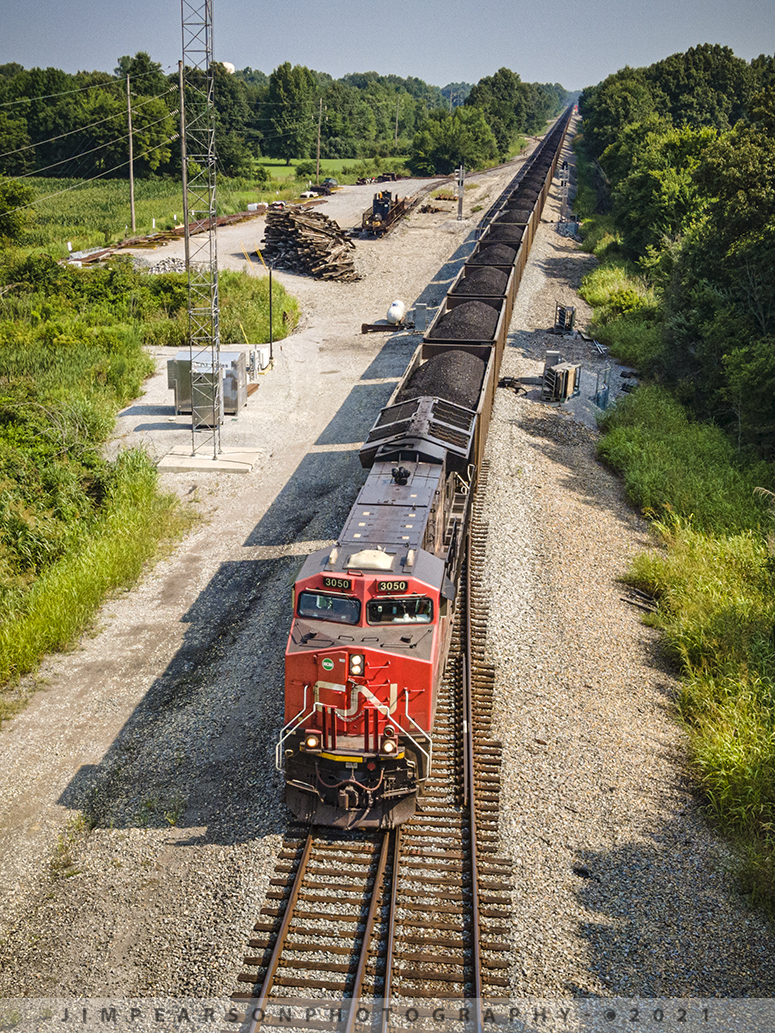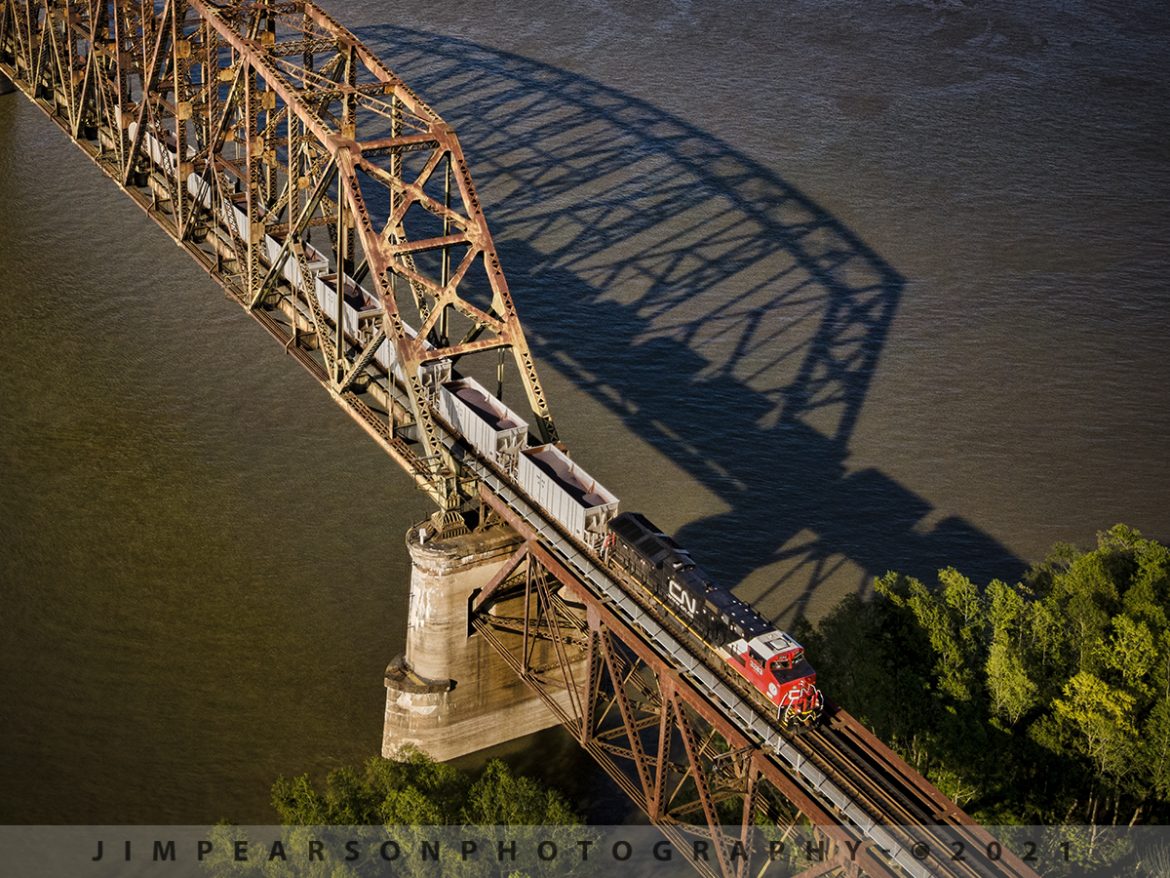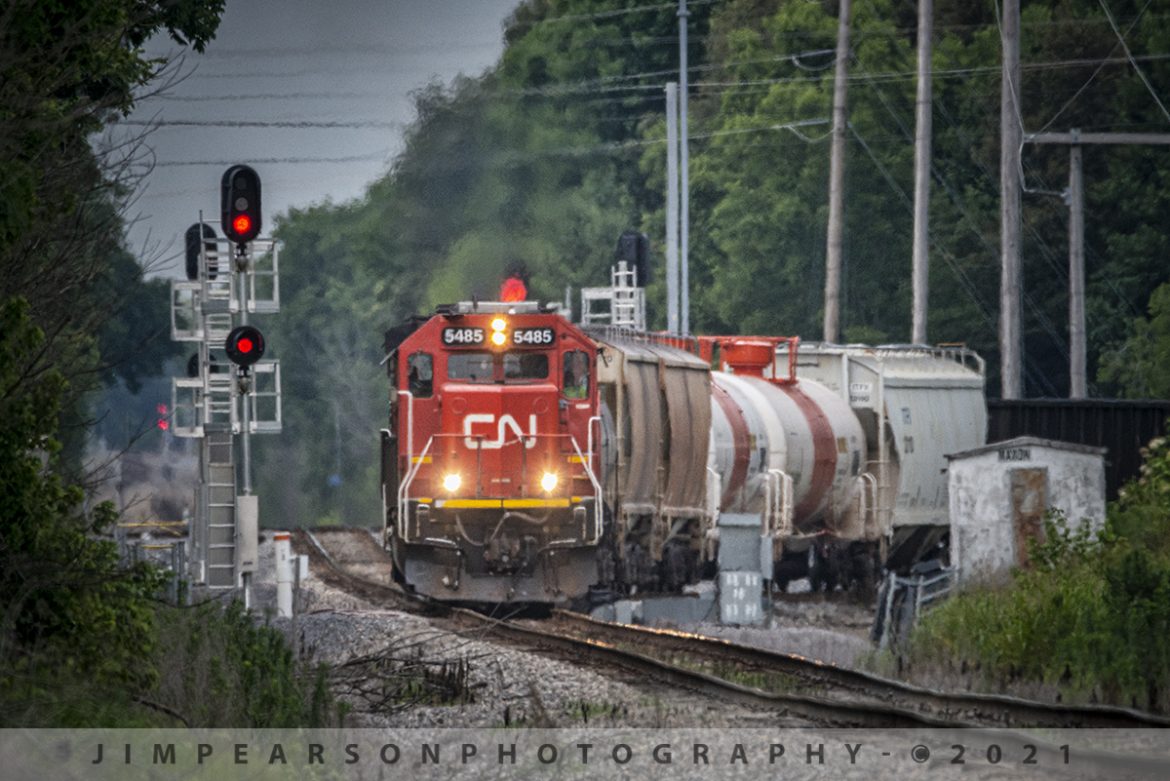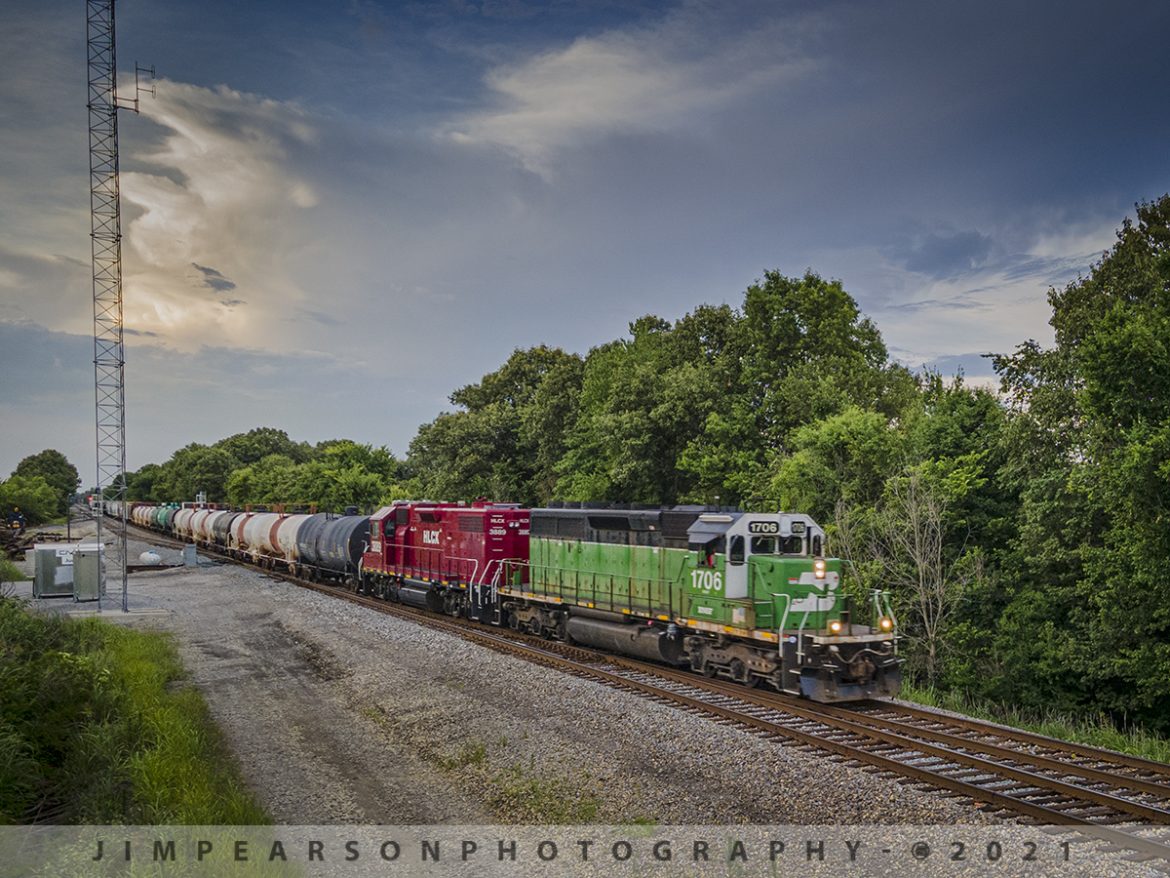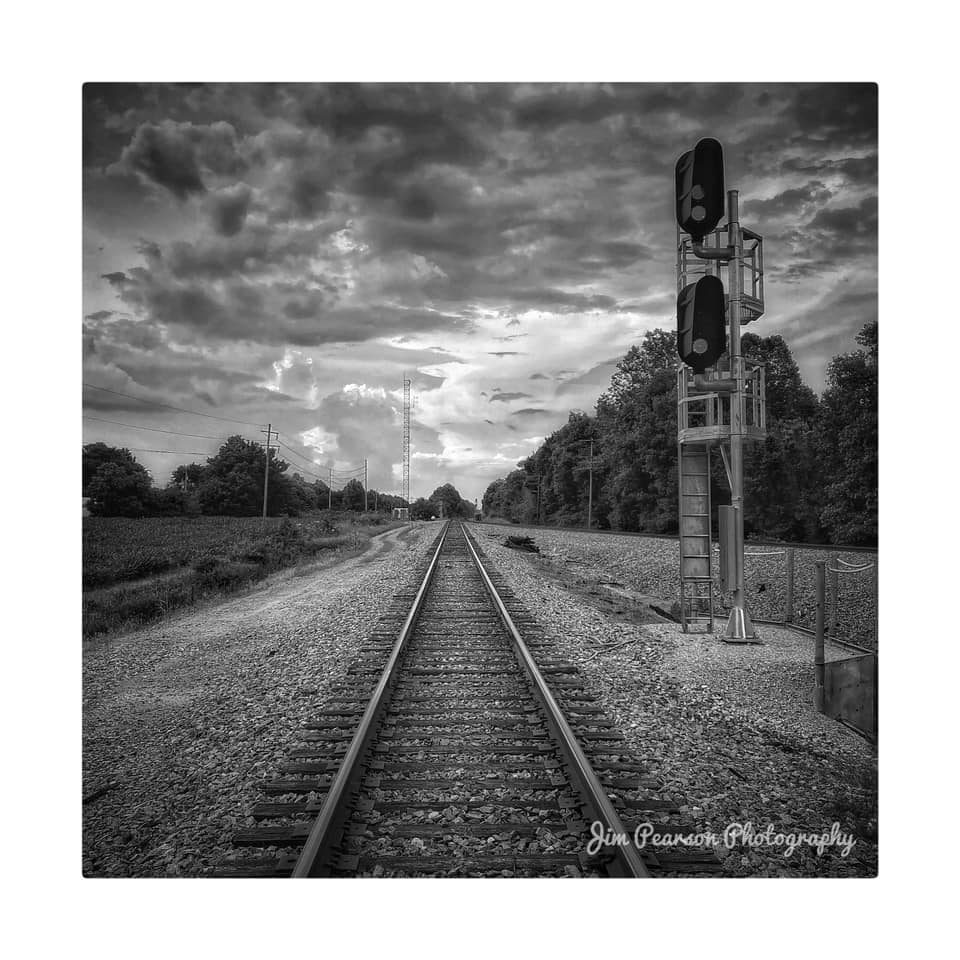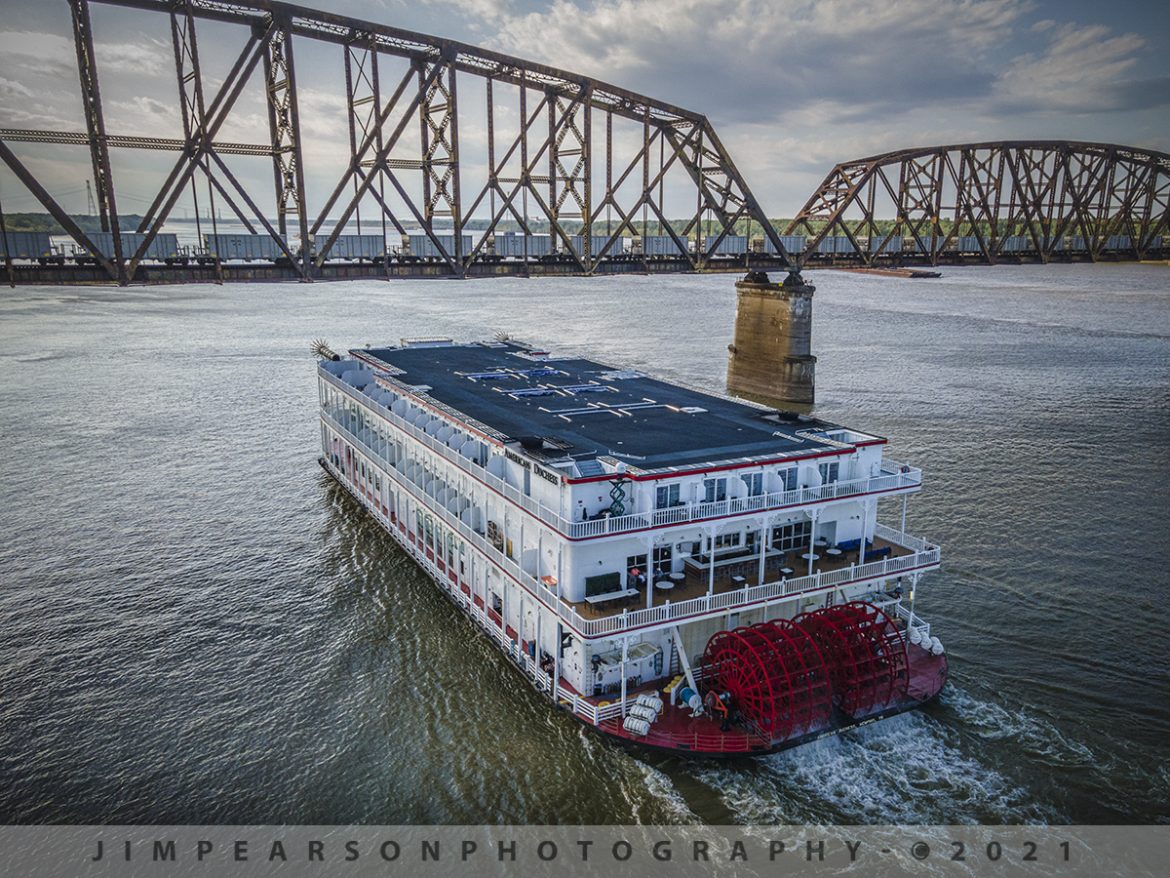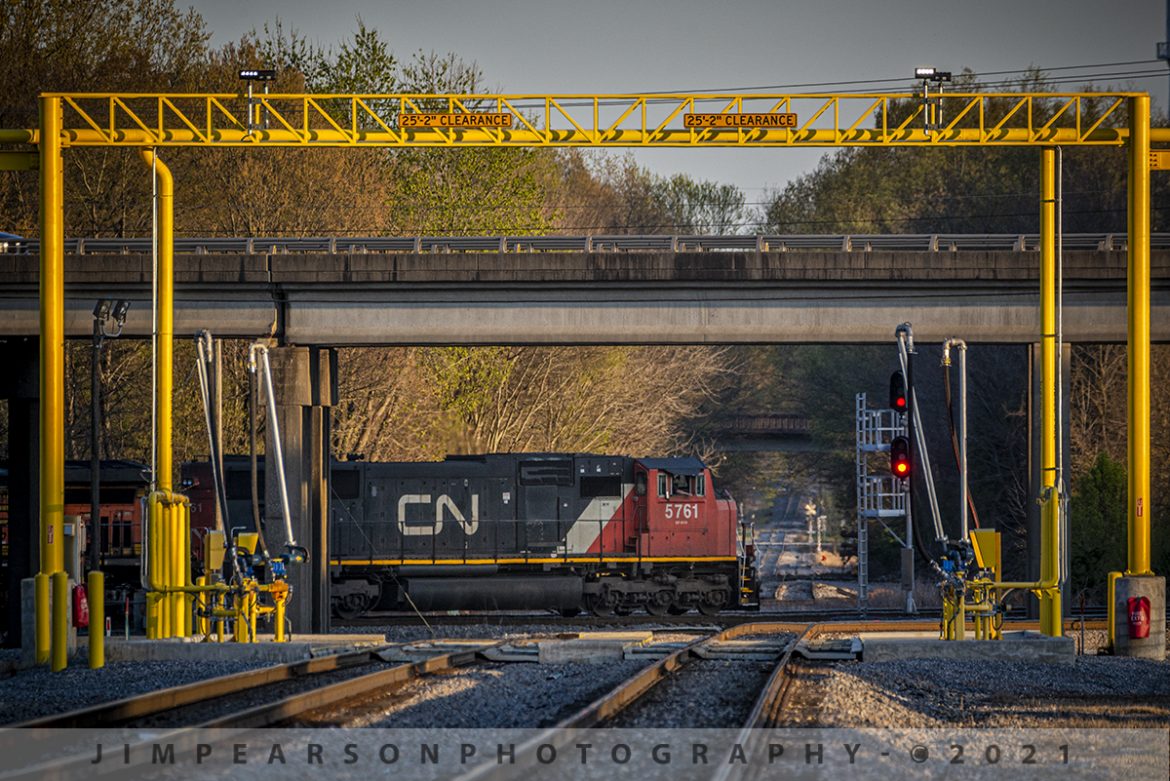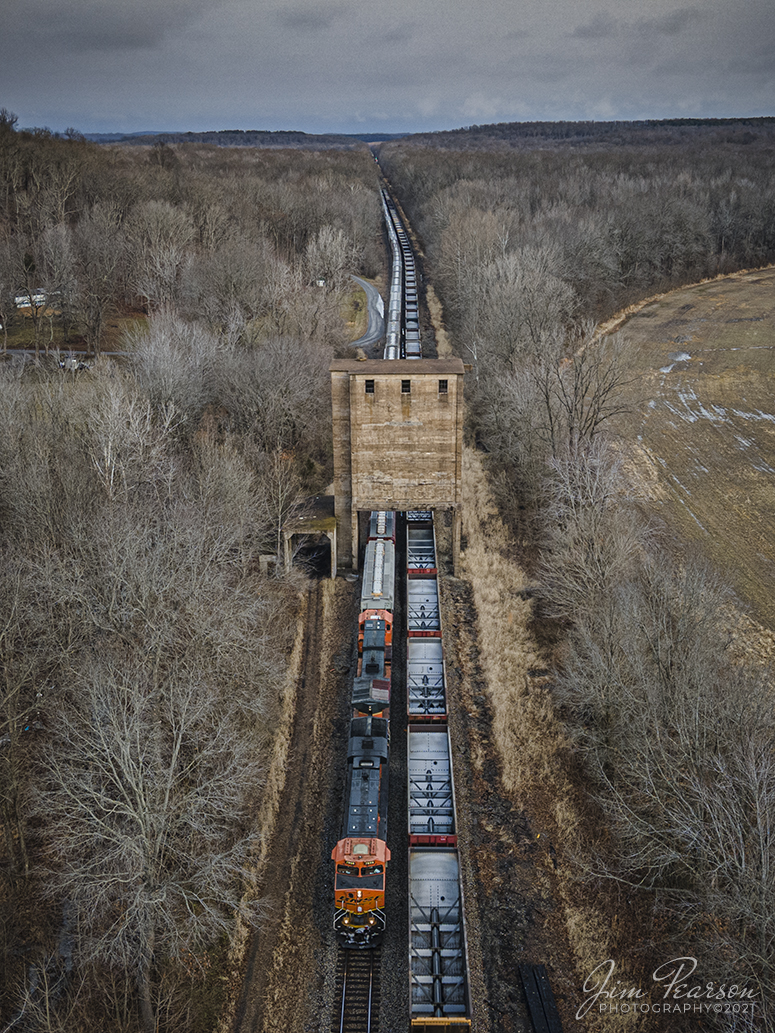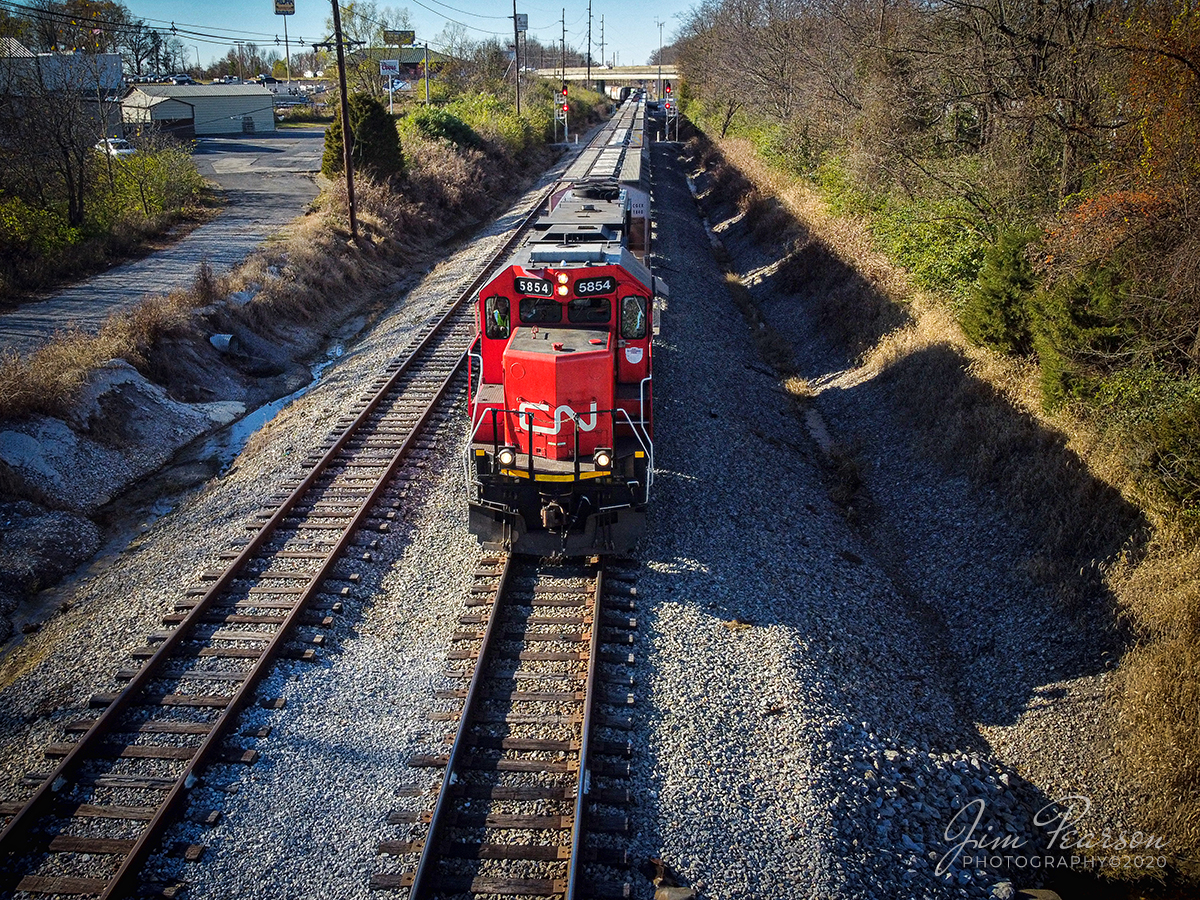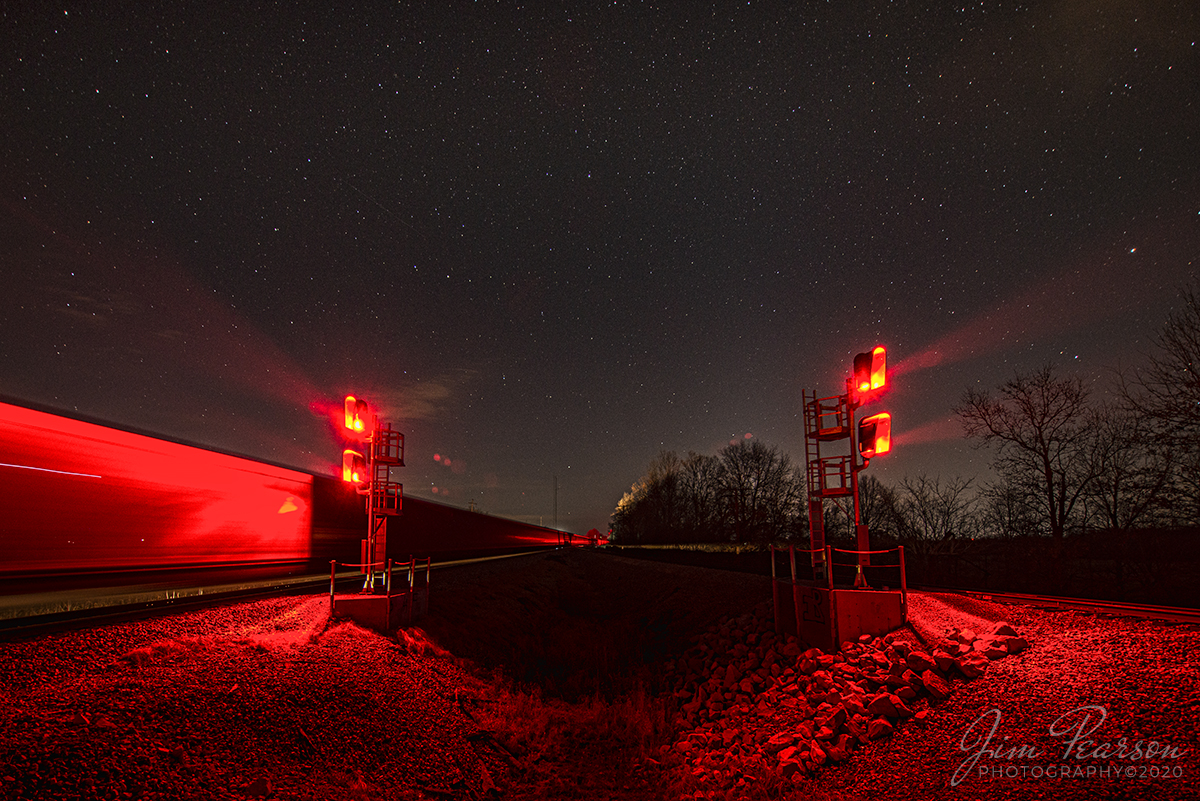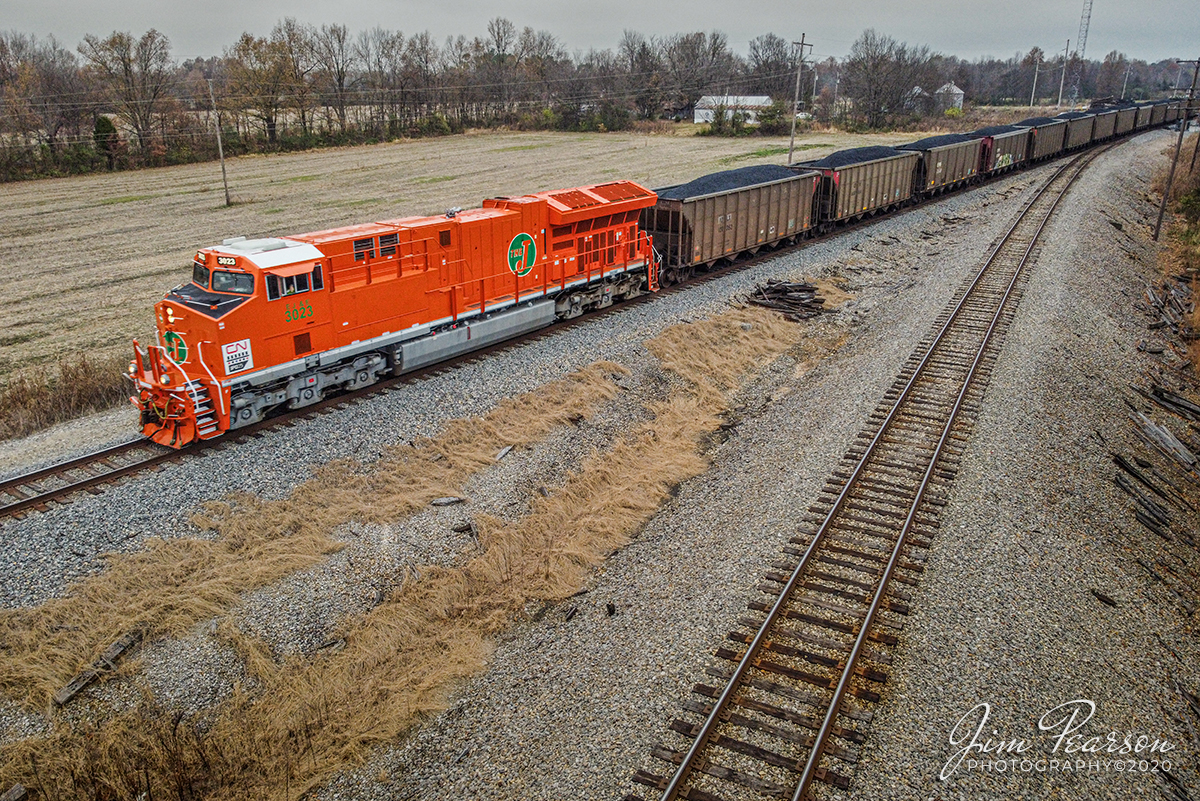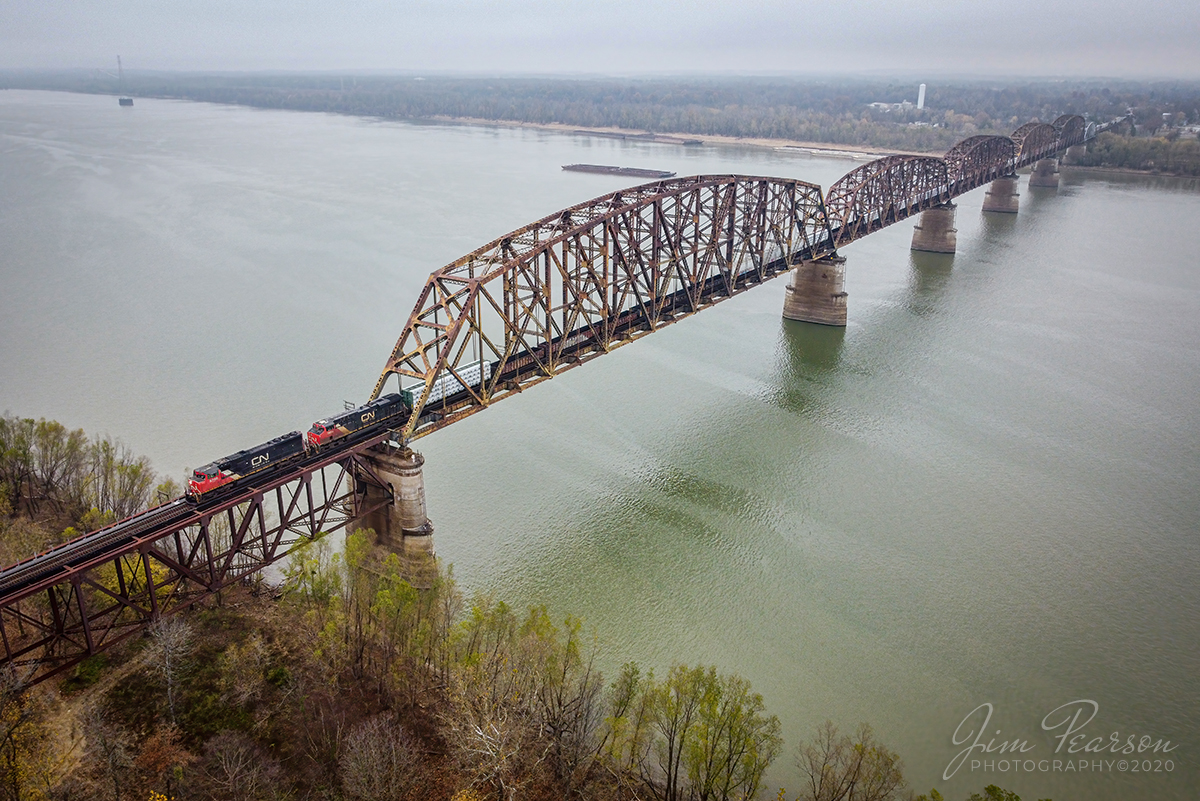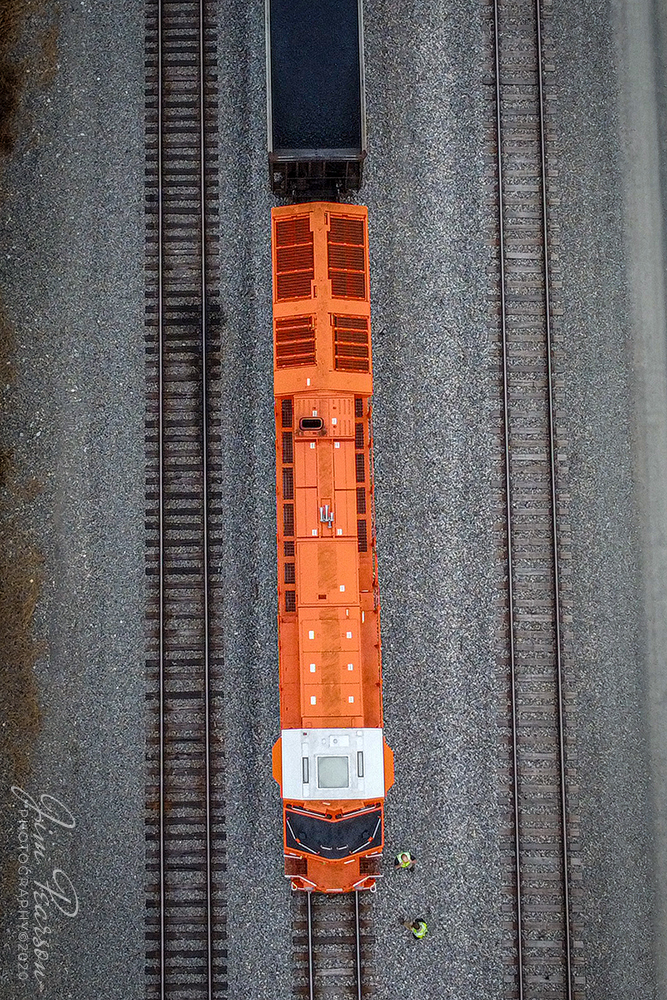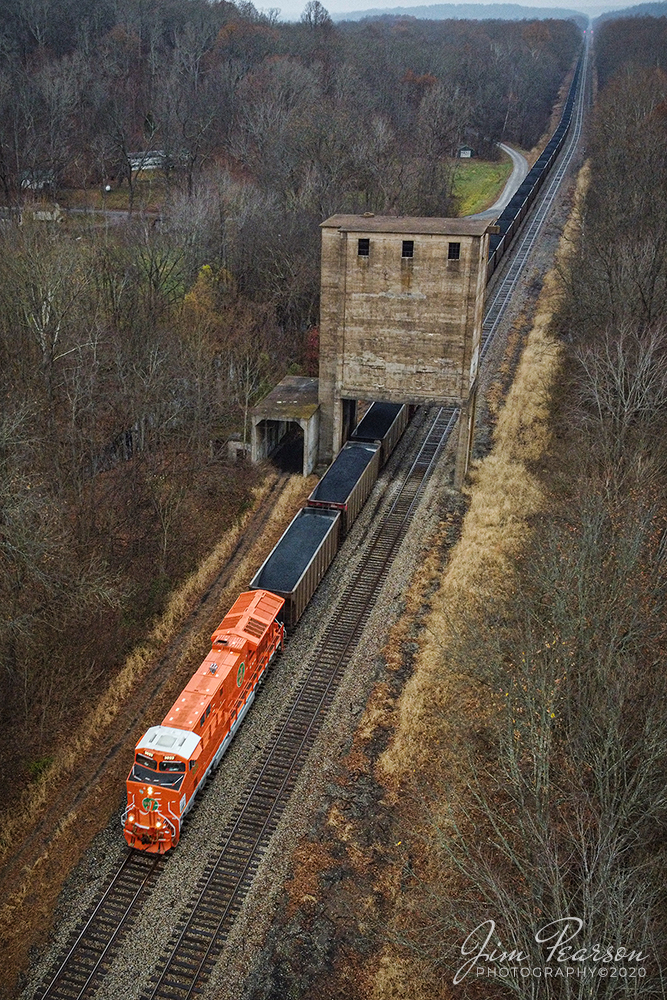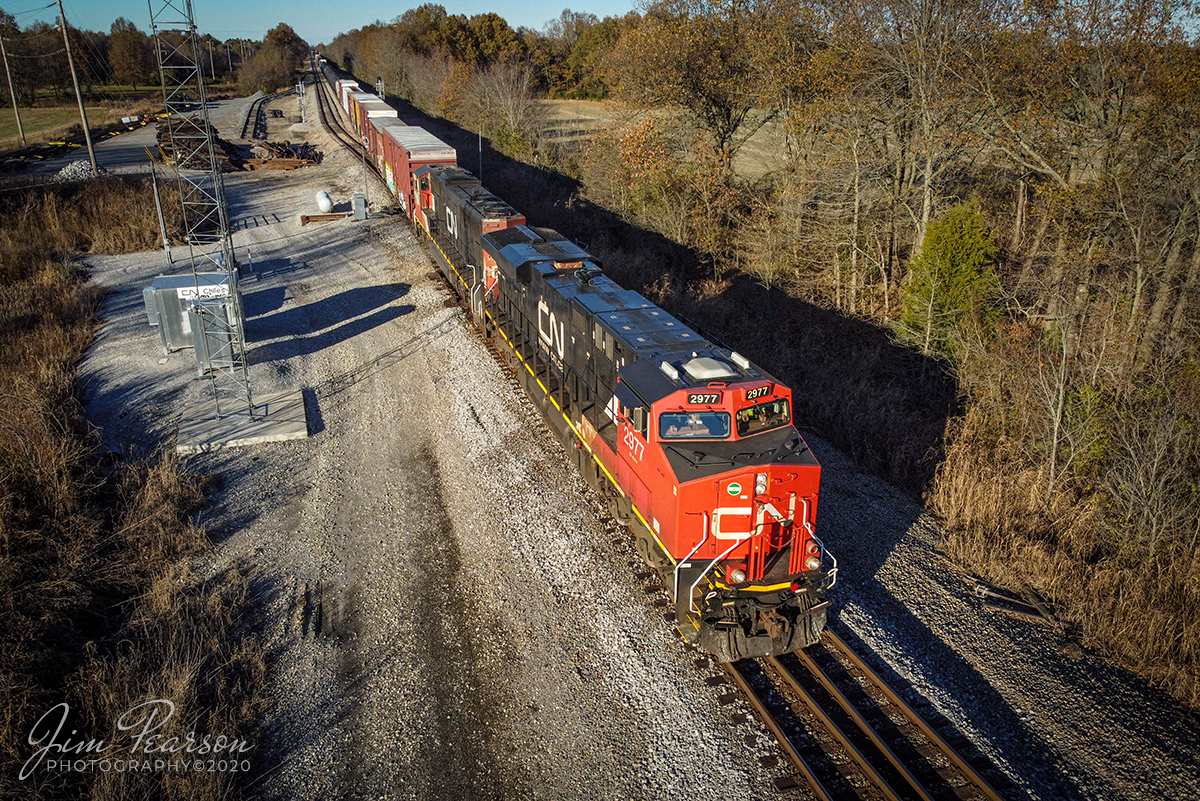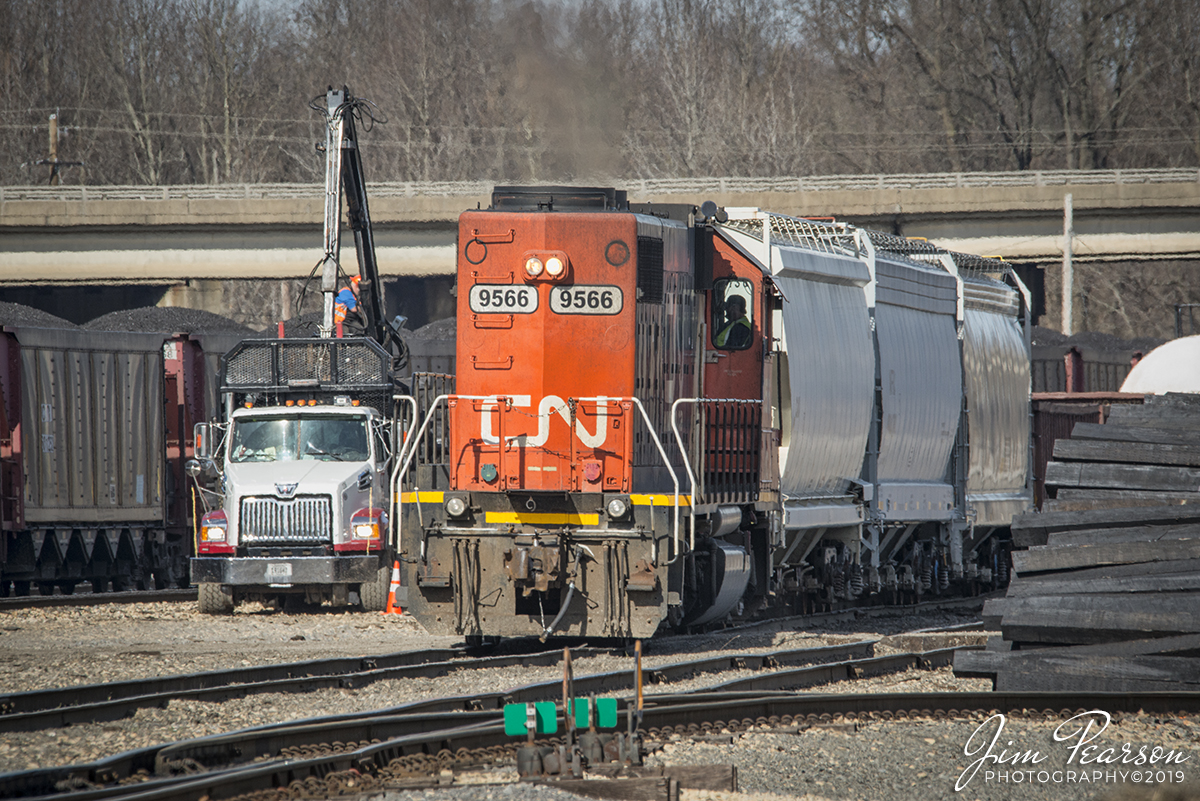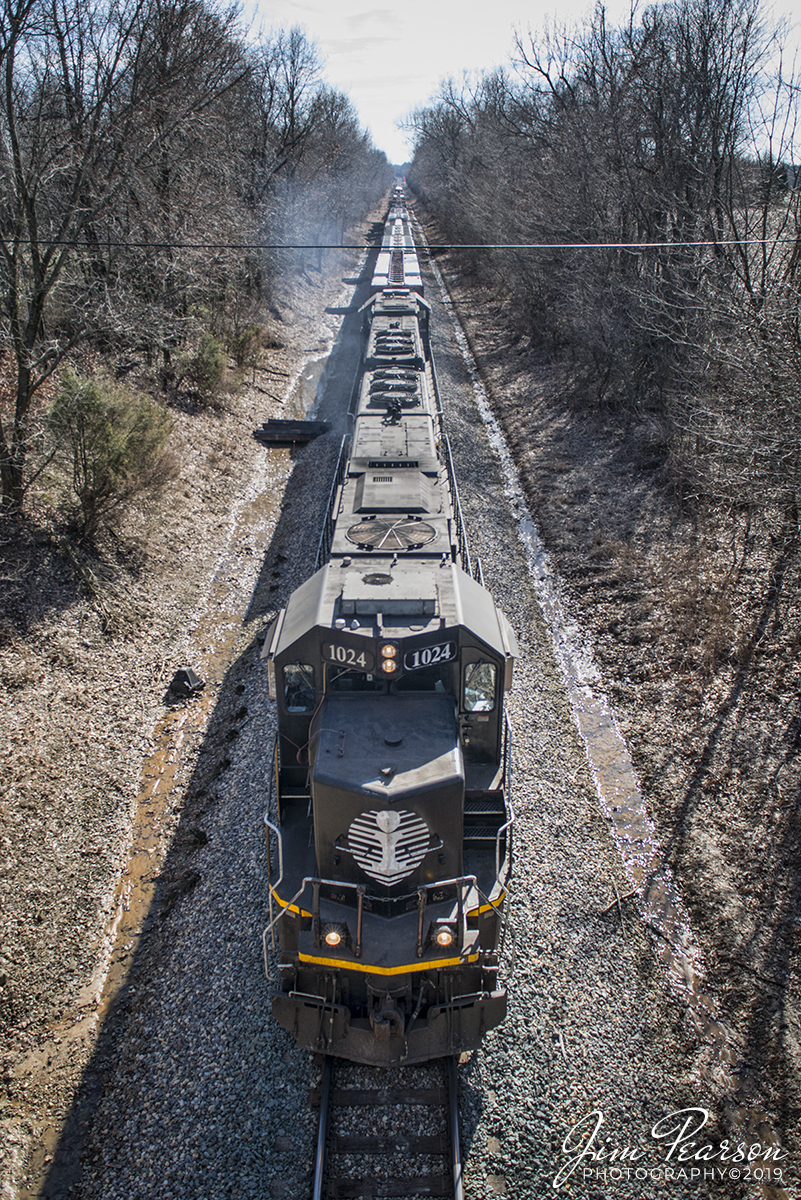The American Duchess, a river cruise paddle-wheeler owned and operated by American Queen Steamboat Company passes under southbound Canadian National U72481-05 on the bridge over the Ohio River between Metropolis, IL and West Paducah, KY. U72481-05 is carrying a load of Iron ore from Keenan, MN to Convent, LA on the CN Bluford Subdivision.
According to Wikipedia: The American Duchess is a river cruise paddle-wheeler owned and operated by American Queen Steamboat Company (AQSC). It is the third addition to their fleet and is advertised as being the most luxurious option of the line’s vessels. The riverboat’s itineraries include routes on the Mississippi, Ohio, Tennessee, Cumberland, and Illinois Rivers.
Before it was American Duchess, this vessel was originally designed and built for Isle of Capri Casinos as a casino boat named Bettendorf Capri.
After going land-based, Isle of Capri sold the paddle-wheeler to AQSC in 2016. On October 16, 2016, Bettendorf locals gathered on the levee to give their farewell to the 21-year-old casino boat and watched her pull off the riverbank to sail south to undergo her reconstruction.
Contracted to Bollinger Shipyards in Morgan City, Louisiana, the vessel would be gutted, remodeled, and relaunched as a river cruise liner the following year. The conversion from a casino boat to an overnight passenger vessel involved the removal of over 1,000 slot machine bases and 1,200 steel chairs, the construction of new dividing walls to form 83 passenger cabins, the addition of a crew hold, a completely new interior layout and design, modifications to propulsion and a new exterior paint job.
Tech Info: DJI Mavic Air 2 Drone, RAW, 4.5mm (24mm equivalent lens) f/2.8, 1/240, ISO 100.

